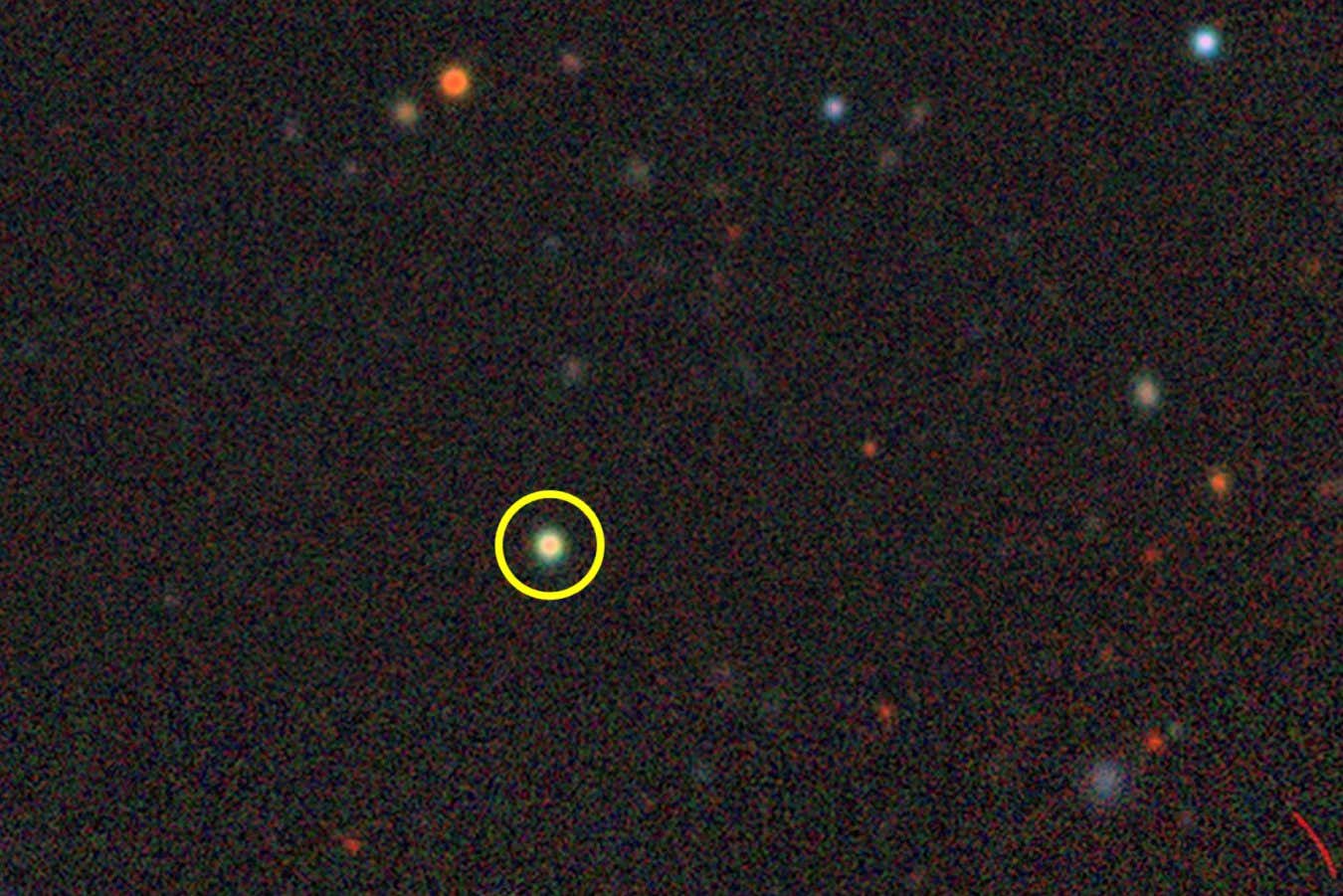Now Reading: Discovery of ‘Little Red Dot’ Galaxies in Our Local Universe
1
-
01
Discovery of ‘Little Red Dot’ Galaxies in Our Local Universe
Discovery of ‘Little Red Dot’ Galaxies in Our Local Universe

Speedy Summary
- astronomers have discovered compact, red galaxies called little red dots (LRDs) in a more recent part of the cosmos.
- LRDs were previously thought to exist only in the early universe, within its first billion years.
- Xiaojing Lin and colleagues identified three LRDs just 2.5 billion light years away using images from the Sloan Digital Sky Survey (SDSS).
- These LRDs share all defining characteristics of ancient ones: massive (a million times the sun’s mass) but compact (solar system-sized).
– One is nicknamed “The Egg” due to its elongated shape.
– Other possible candidates are yet to be verified.
- A theory suggests these could represent early stages of a supermassive black hole forming in galaxies.
- Their proximity allows telescopes like JWST and Hubble to study them more effectively compared to ancient LRDs, which are fainter and harder to observe.
Stay Informed With the Latest & Most Important News
Previous Post
Next Post
Loading Next Post...























